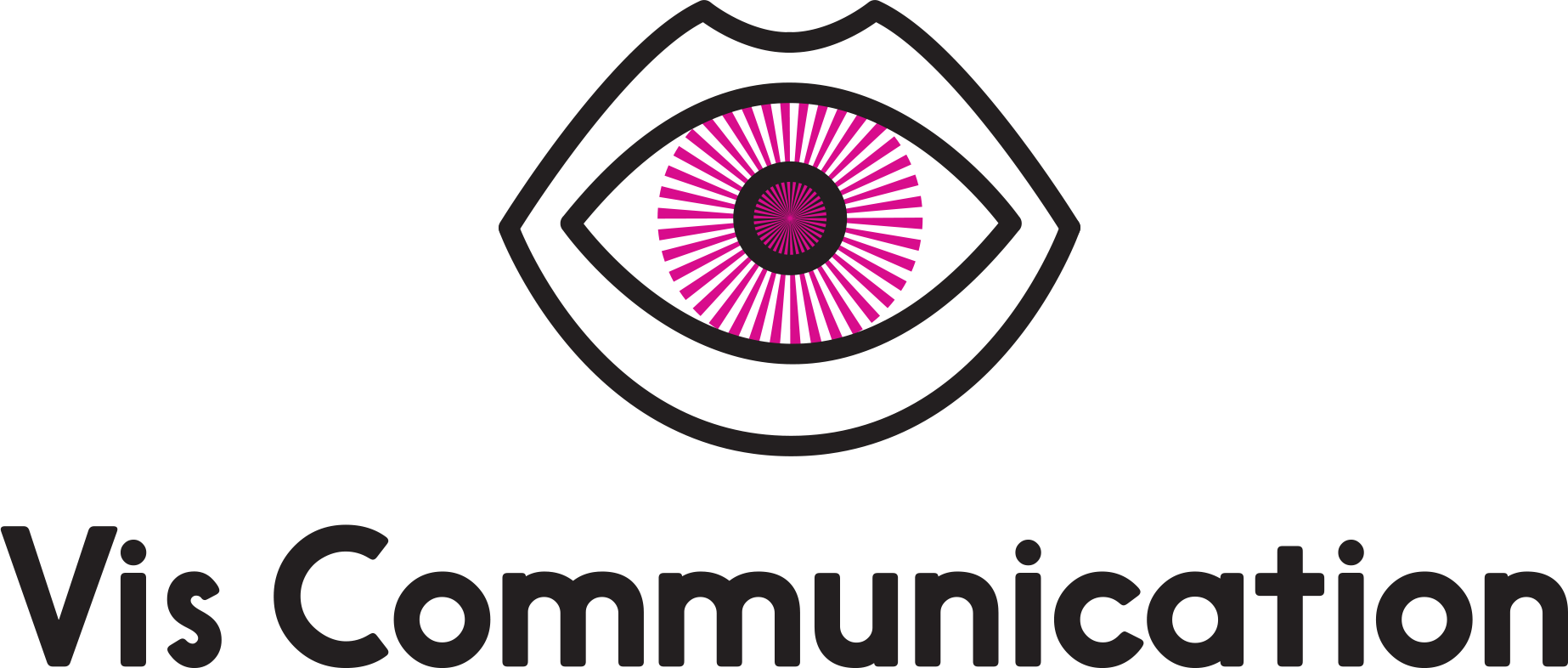A Framework For Decisions
Controlling the flow of decision making.

Sometimes I like to talk about design as a way of narrowing down infinite choices by selecting the right signifiers to communicate something. But once you have made the design decisions, someone else, or multiple people, have to make decisions about that design. What would a framework for that look like?
You want to control the flow of decisions as much as possible. Because the feedback, much like the choices, can be infinite.
I still hear people say, “I don’t want to give you any limitations. I want your creativity to be free.” I’ll say it again, folks, structure and freedom are not opposites.
"When the possibilities are truly endless, where do you even begin? And when I say endless, it's not really an exaggeration. Think of every font in existence, every photograph that exists (or doesn't exist yet, that you could create), every color, every shape, every possible combination of every possible element. It's some cosmic level shit. Even with limitations, the ways to solve a problem are still pretty vast. You have to figure out how to pull only the things you need out of the design universe. How do you do that without limitations or constraints? Also, it's a trap – they're saying it can be literally anything, but it really can’t, can it? Those limitations will surely show up during the presentation meeting. Suddenly there will be limitations that they had in mind, but held back."
If you don’t believe me, here is David Byrne saying the same thing.
So, you’ve made all your design decisions and are about to present the work. Just like you had some boundaries and limitations, you will offer that work in a way that also has certain boundaries and limitations. Now, anyone can ask for anything. This is not a framework on how not to get any feedback. But it can help both sides by creating some structure and controlling the flow. Clients don’t want to have to make infinite decisions, and you do not want to give them choice-paralysis.
- All options exist
A good brief will help you begin to narrow down these options. - Design AKA curate those options
- Offer a limited number of those options to the client, typically three
In offering a limited number of options, you’re leaving room for decision-making and input, but all the options should work/communicate from a strategic perspective. - Decision or Feedback
- Revise the option selected
Here is where some feedback will be incorporated. Only move forward with the selected option(s). Don't continue to show any rejected options. Again, always narrowing down. - Does the client want information or reassurance to decide?
They may not ask for either directly, but it’s important to know which they really need. Answer accordingly. - Decision

